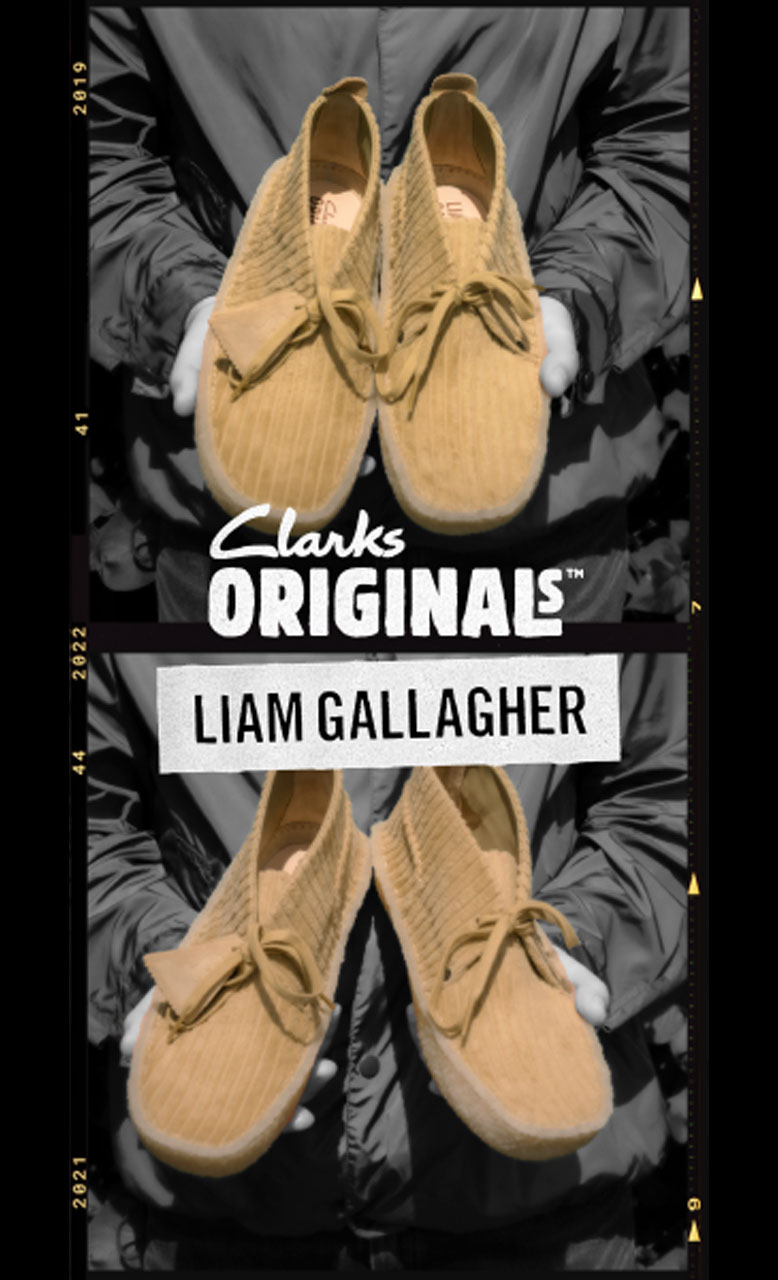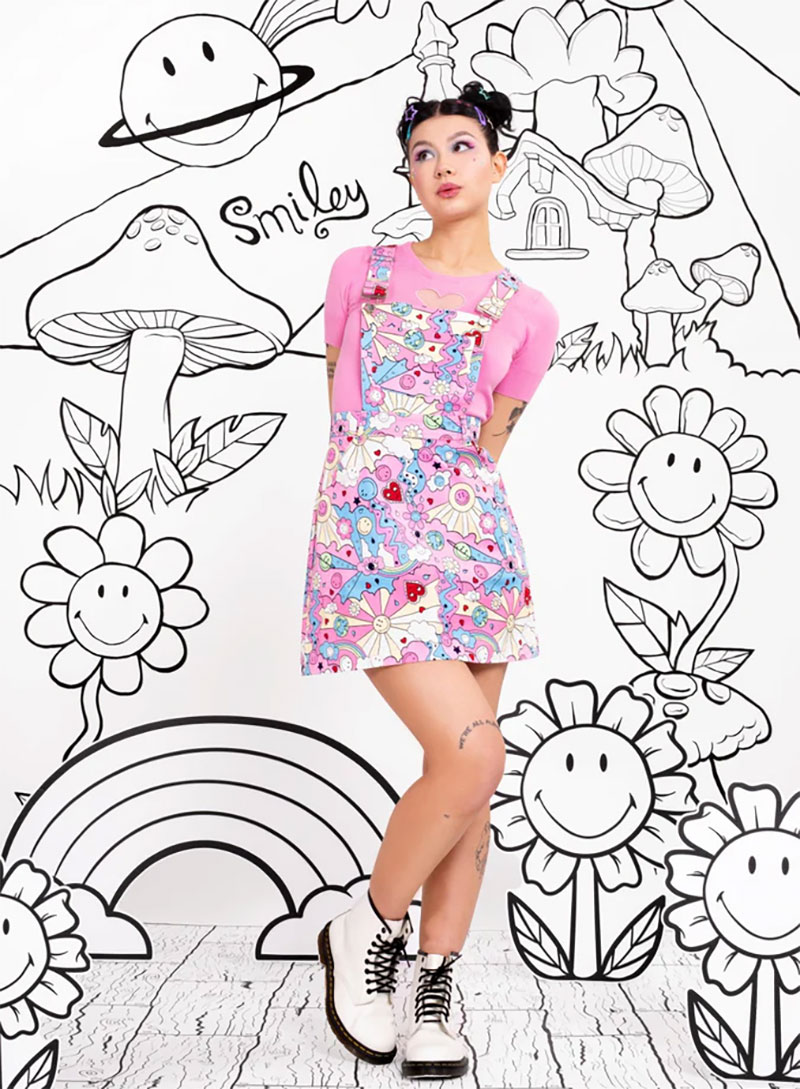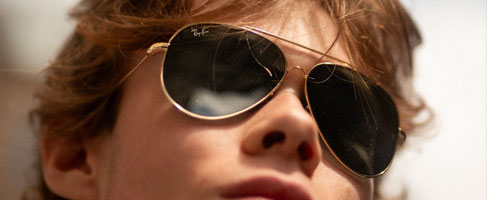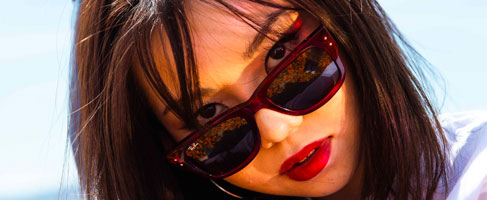Ray-Ban Icons: The Caravan
"...They brought light, minimalist design that easily turned any outfit into a designer brand."
- The Caravan, Ray-Ban Icons
Ray-Ban Caravan Sunglasses arrived on the scene in 1957, twenty years after Ray-Ban designed and patented the world's first Aviator Sunglasses. A new take on the Aviator, the Caravan featured a square lens to replace the iconic large teardrop shaped lens of the classic Aviator, a brow bar and a streamlined, geometric design.
The Aviator had originally been designed with pilots in mind (giving rise to the name) who required a pair of large lens sunglasses to block out glare from the sun while flying. The style to launch Ray-Ban, (the name itself literally derived from the "banning of the sun's rays") the Aviator with it's oversized, protective lens and lightweight metal frame had gained popularity in mainstream fashion following the second world war. US army General Douglas McArthur had been photographed wearing Ray-Ban Aviator Sunglasses as he strode ashore in the Philippines in 1944 and the military inspired look had taken off.
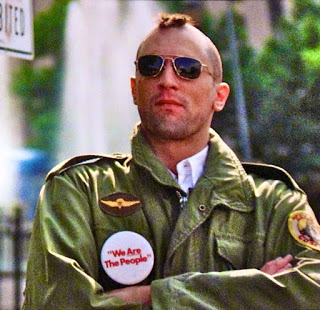
Robert DeNiro wearing Ray-Ban Caravan Sunglasses in Taxi Driver, 1976
By the end of the fifties, Ray-Ban were ready to develop a new Aviator design. There was a demand for a smaller version of the classic Aviator, and the fashion was moving towards geometric influences. Also, as the Wayfarer had proven popular in the 1950s, Ray-Ban was also looking for a way to rejuvenate the Aviator design, and so the Caravan was born.
Available in all the classic Ray-Ban colour ways - the G-15 or B-15 lens with the gold, silver or gunmetal frame, the Caravan's sharp, minimalist design also offered the gradient and mirror lens. The smaller lens still offered a good amount of protection for the wearer from glare and a certain amount of anonymity desired by politicians and celebrities.
During the Aviator revival of the 1970s, the Caravan style also gained ground as an alternative Aviator option. It was prominently featured in Martin Scorsese's 1976 film, Taxi Driver, being worn by Robert DeNiro as he played Travis Bickle.
The Aviator style was adopted as the sunglasses of choice for the disco scene in the seventies as well, so too the Caravan provided an alternative look. Here is Barry Gibb wearing a pair of Caravan sunglasses in the seventies.
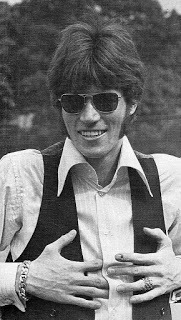
Barry Gibb in Caravan Sunglasses.
Following the demise of disco in the 1980s, the Aviator's popularity waned, and this had a knock on effect for it's younger Caravan brother. To combat this, Ray-Ban secured a very lucrative deal in 1982 for product placement in movies and TV shows for the following five years. With Tom Cruise and other movie stars wearing Aviator style sunglasses in many high profile films, the Aviator was soon back in fashion.
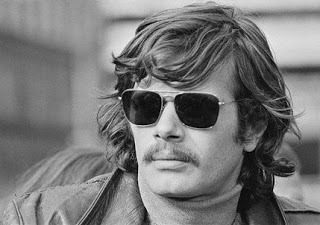
Skier Jean-Claude Killy looking cool in Caravans in the 70s.
Following the demise of disco in the 1980s, the Aviator's popularity waned, and this had a knock on effect for it's younger Caravan brother. To combat this, Ray-Ban secured a very lucrative deal in 1982 for product placement in movies and TV shows for the following five years. With Tom Cruise and other movie stars wearing Aviator style sunglasses in many high profile films, the Aviator was soon back in fashion.
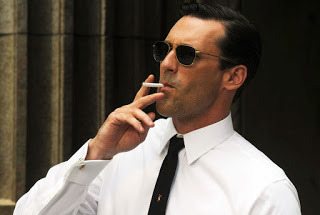
Jon Hamm as Don Draper in Mad Men.
In recent years, the Ray-Ban Caravan has proven a popular style among mods who are attracted by the Caravan's streamlined, classic and clean shape and style. The Caravan was also chosen as the style for Jon Hamm to wear as Don Draper in Mad Men, invoking a late fifties and early sixties classic American Retro look.
Shop Ray-Ban Caravan Sunglasses
Read More:


